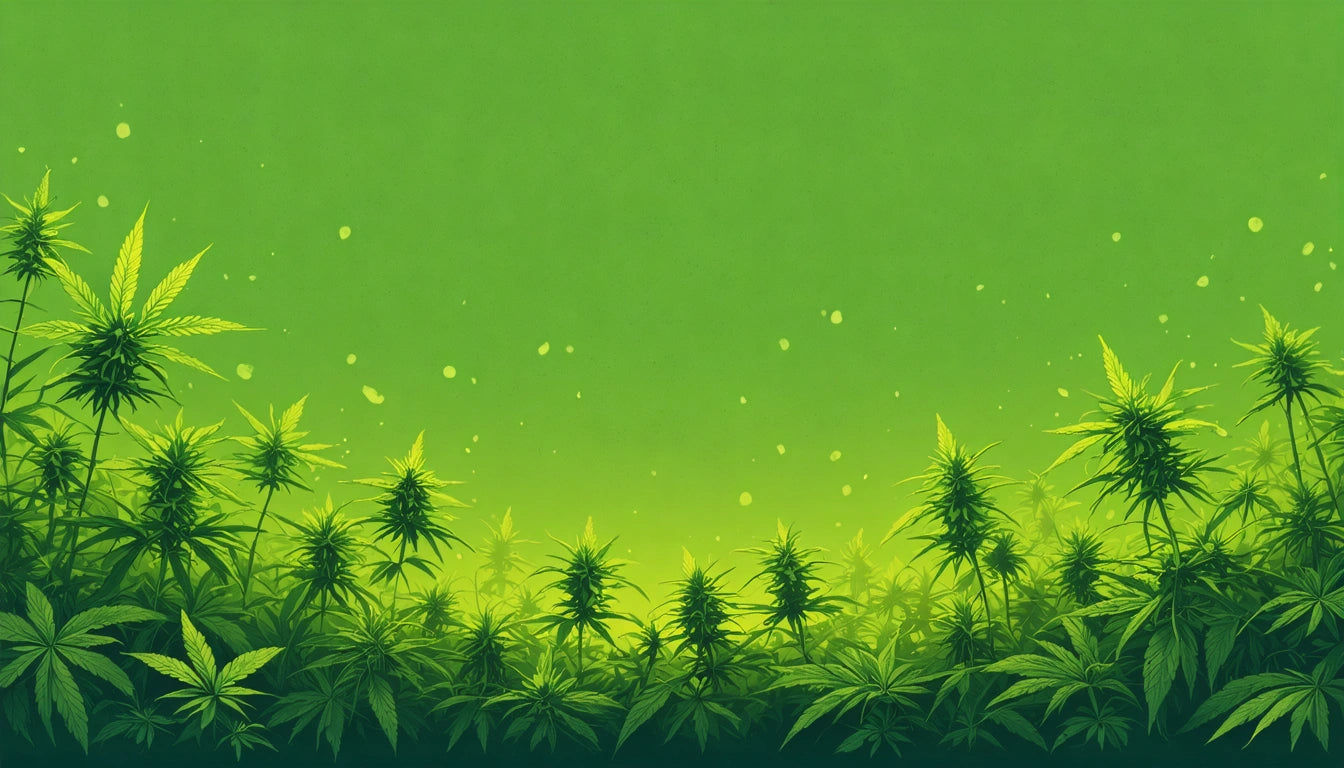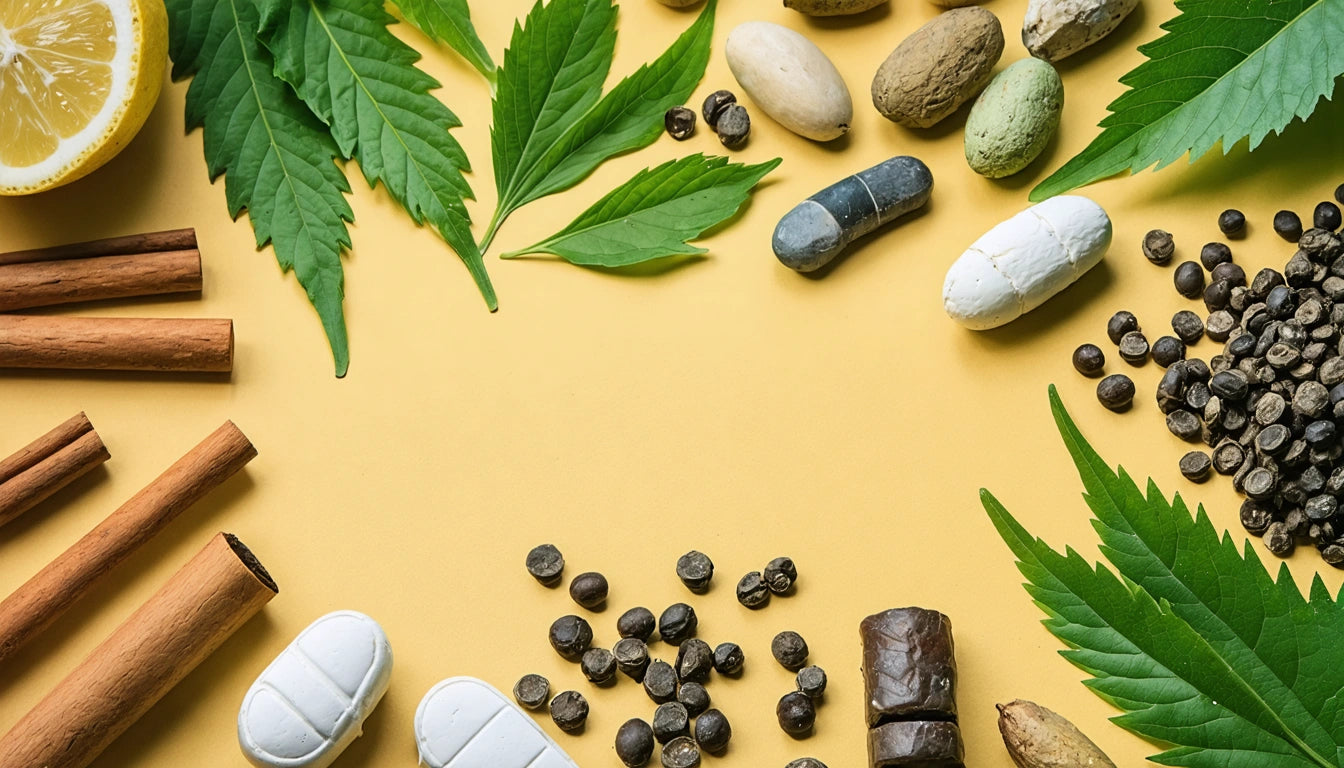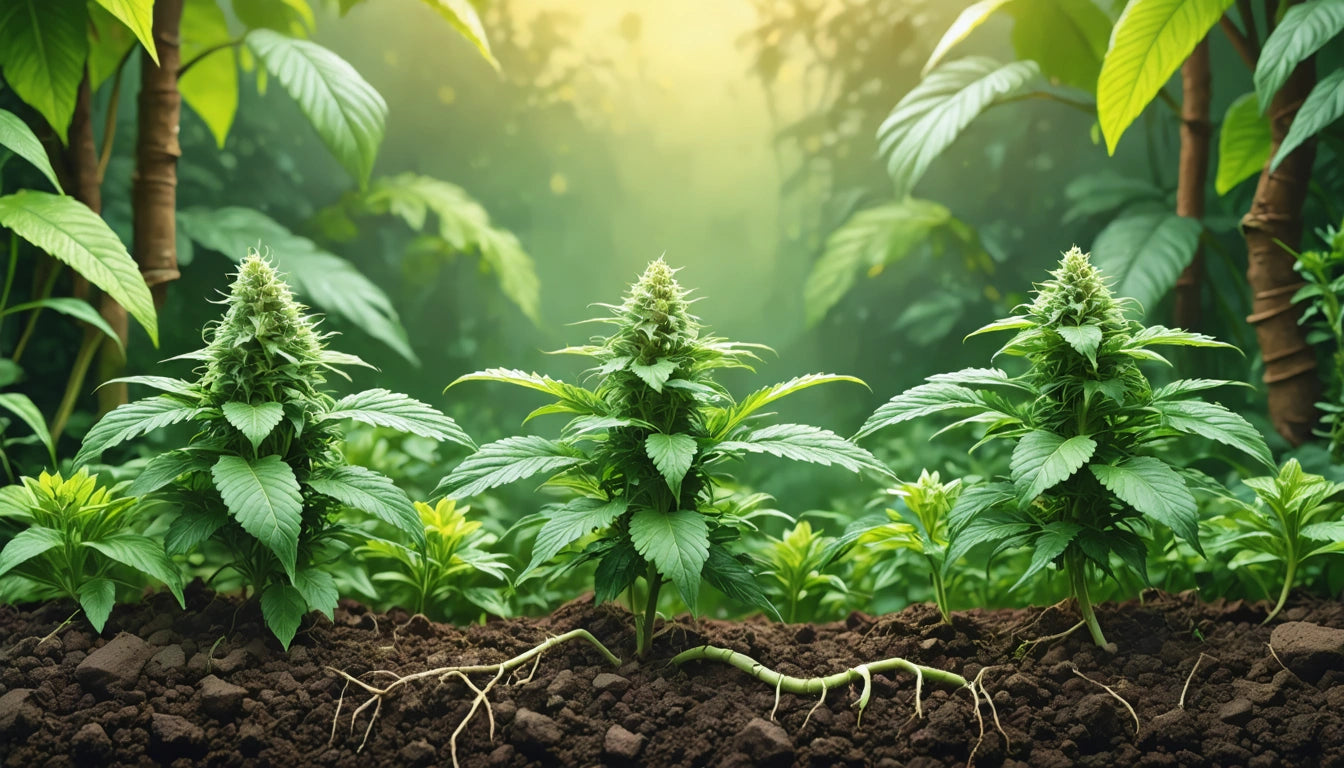Table of Contents
- What is Hemp Material: Understanding the Basics
- How Hemp is Made: From Cultivation to Processing
- What Hemp is Made Of: Composition and Properties
- Products Made From Hemp: Versatile Applications
- Hemp vs Traditional Materials: Comparative Advantages
- A Sustainable Future with Hemp: Environmental Impact and Innovation
Exploring Hemp: Production, Uses, and Benefits Over Traditional Materials
Hemp stands as one of humanity's oldest cultivated plants, with a history spanning thousands of years across civilizations. Today, this versatile crop is experiencing a renaissance as manufacturers and consumers alike recognize its exceptional properties and sustainability credentials. Understanding what hemp material is, how hemp is made, and what products can be made from hemp reveals why this ancient resource offers modern solutions to environmental challenges.
What is Hemp Material: Understanding the Basics
Hemp material refers to the fibers, oils, and biomass derived from the Cannabis sativa plant. Unlike its cousin marijuana, industrial hemp contains minimal THC (tetrahydrocannabinol), the psychoactive compound that produces intoxicating effects. Understanding the differences between hemp and marijuana is crucial, as hemp is legally defined as containing less than 0.3% THC on a dry weight basis.
The plant itself grows rapidly, reaching maturity in just 3-4 months, and can thrive in various climates with minimal pesticides or fertilizers. This rapid growth cycle makes hemp an exceptionally renewable resource compared to traditional materials like cotton or timber.
How Hemp is Made: From Cultivation to Processing
The journey of how hemp is made begins with cultivation. Hemp seeds are planted in well-drained soil and grow quickly under the right conditions. A comprehensive guide to growing and harvesting hemp reveals that the plant requires minimal water and naturally suppresses weeds, making it environmentally friendly from the start.
After reaching maturity, hemp plants undergo different processing methods depending on the desired end product:
- Fiber production: Plants undergo retting, where natural moisture or water breaks down the pectin binding the fibers, followed by decortication to separate the outer bast fibers from the inner woody core (hurd).
- Seed processing: Seeds are harvested, cleaned, and either used whole or pressed for oil extraction.
- CBD extraction: Flowers and leaves are harvested for cannabidiol extraction through methods like CO2 extraction or ethanol washing.
During processing, manufacturers must maintain proper humidity levels to preserve quality. Many use specialized humidity control solutions to ensure optimal moisture content throughout production, which helps maintain fiber strength and prevents mold development.
What Hemp is Made Of: Composition and Properties
Understanding what hemp is made of helps explain its remarkable versatility. The plant consists of several key components:
- Bast fibers: The outer bark contains long, strong fibers ideal for textiles, rope, and paper.
- Hurd/shiv: The woody inner core provides excellent insulation and construction material.
- Seeds: Rich in protein, essential fatty acids, and nutrients, making them valuable for food and health products.
- Flowers: Contain cannabinoids like CBD with potential therapeutic applications.
Hemp fibers are naturally antimicrobial, UV-resistant, and exceptionally durable. Exploring the versatile uses of hemp products demonstrates how these inherent properties make hemp suitable for everything from delicate fabrics to industrial applications.
Products Made From Hemp: Versatile Applications
The question of what is made from hemp has an impressively diverse answer. Products made of hemp span numerous industries:
Textiles and Apparel
Hemp fabric offers superior breathability, durability, and antimicrobial properties. It grows softer with washing while maintaining strength, making it ideal for clothing, accessories, and home textiles.
Construction Materials
Hempcrete (a mixture of hemp hurd, lime, and water) creates lightweight, insulating building materials with excellent thermal properties and carbon-negative potential.
Paper and Packaging
Hemp paper requires fewer chemicals to process than wood pulp and can be recycled more times. It's increasingly used for specialty papers and sustainable packaging solutions.
Food and Nutrition
Hemp seeds offer exceptional nutritional benefits, containing complete protein, omega fatty acids, and numerous vitamins and minerals, making them valuable in foods ranging from protein powders to non-dairy milk alternatives.
Body Care and Cosmetics
Hemp seed oil's moisturizing properties make it popular in skincare, while its non-comedogenic nature helps prevent clogged pores.
Hemp vs Traditional Materials: Comparative Advantages
Hemp Paper vs Wood Paper
When comparing hemp paper vs wood paper, hemp demonstrates several advantages:
- Hemp produces 4-5 times more paper per acre than trees
- Hemp reaches maturity in months rather than decades
- Hemp paper resists yellowing and can be recycled more times
- Hemp processing requires fewer harsh chemicals
Hemp vs Cotton
In the hemp vs cotton comparison, hemp again shows impressive environmental credentials:
- Hemp requires approximately half the water cotton needs
- Hemp naturally resists pests, reducing pesticide requirements
- Hemp improves soil health through phytoremediation
- Hemp yields more fiber per acre than cotton
Identifying and understanding the hemp plant reveals why its natural properties make it such a sustainable alternative to traditional materials across multiple applications.
A Sustainable Future with Hemp: Environmental Impact and Innovation
As sustainability concerns grow, hemp's environmental benefits become increasingly relevant. The plant sequesters carbon dioxide effectively during growth, with one hectare of industrial hemp able to absorb up to 15 tonnes of CO2. Its deep root system prevents soil erosion and can help remediate contaminated soils by absorbing toxins.
Innovation continues to expand hemp's applications. Researchers are developing hemp-based bioplastics, sustainable batteries, and even hemp graphene alternatives. Growing and utilizing hemp in these innovative ways could help address numerous environmental challenges while creating economic opportunities.
As regulations evolve and production scales up, hemp material stands poised to reclaim its historical importance as a versatile, sustainable resource. Understanding what hemp is made of, how hemp is made, and what can be made from hemp reveals not just an ancient crop but a modern solution to some of our most pressing environmental challenges.











Leave a comment
All comments are moderated before being published.
This site is protected by hCaptcha and the hCaptcha Privacy Policy and Terms of Service apply.